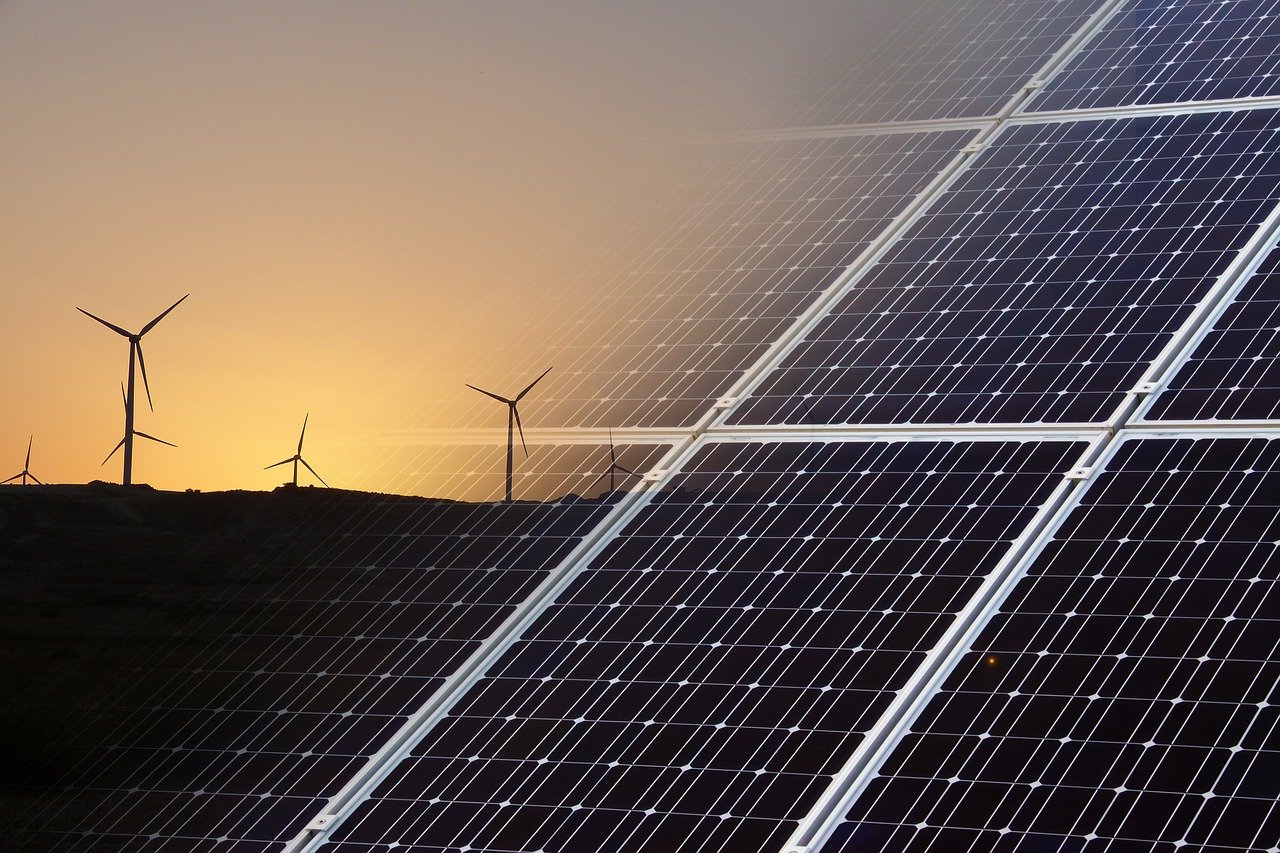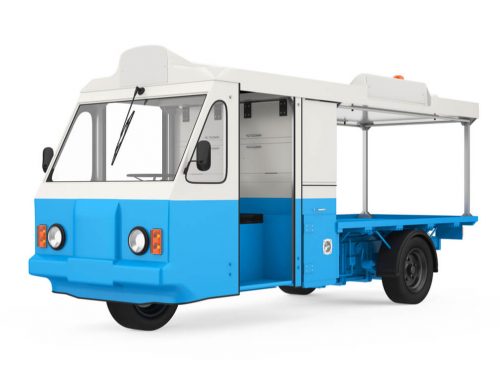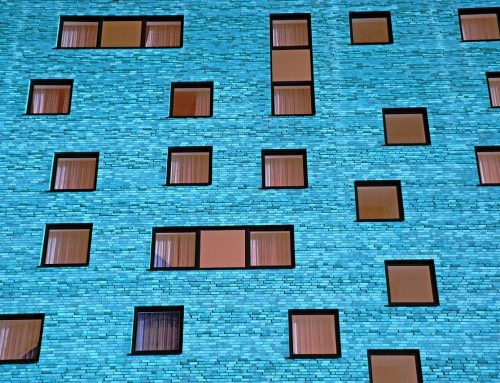A news item that caught the team’s eyes at All BMS this week concerned innovative practices in the built environment. There were actually 20 plus listed but these three were particularly eye-catching, if we can use a visual metaphor again.
A SWISS CARBON-NEUTRAL BUILDING THAT CAN ADAPT TO THE CLIMATE
Perhaps there will be little surprise that this innovation stems from Switzerland, a place, like Germany, rooted in precision. This design in Murten is extraordinarily clever. It is constructed wholly from renewable materials, with an emphasis on retaining energy and moisture. The internal air flow is purified by pure lime putty that coats walls and ceilings; additionally, its solar panels generate energy to run the building and create a surplus that is fed back into the grid. The building also absorbs heat and releases this computationally when outside temperatures increase. The windows are designed to optimise light and reduce dependence on artificial light – these all have controllable flaps that are automated to increase airflow as necessary. It’s a place we’d love to visit!
SCHNEIDER ELECTRIC, GRENOBLE
The 500 employees of Schneider Electric must surely rank among the greenest in the world. Public transportation, bikes and EV car sharing are among the perks. It’s the building itself that impresses too, from a BMS point of view. If your French is on point, you’ll have no issues understanding this explainer.
“The office HVAC water-based system is made of two hybrid aquifer heat pumps. High efficiency, air handling units for chilled water and fan coil units were installed. Nine AHUs provide conditioned air for the spaces and for the 340 Fan Coil Units controlled zones (HVAC and Lighting controllers). Ecostruxture(C) Building Operation ensures the control of all HVAC systems.”
Impressive, don’t you agree?
THE KENDEDA BUILDING
So you don’t think we’re being too Eurocentric in our approach, a third innovative project we will look at is from across the Atlantic: specifically, Atlanta, Georgia. There’s two impressive aspects to this building and design – one is the “energy petal” and the second is the management of water. The building was designed from the ground up to be energy efficient – photovoltaic panels from roofs and entrances, whose energy is used to heat and cool the interior. These are angled to prevent overheating in the building and coupled with external shades. It was designed too with the climate of the southeast of the US in mind and is also used to heat water.
Water is a finite resource globally and the Kendeda Building perhaps acts as a prototype of integrating water harvesting in Building Management Systems. Rainwater capture and treatment acts as the sole potable water source for the building. Flushing toilets, which account apparently for over 70% of water waste in a building were replaced by composting toilets. A greywater treatment system with a constructed wetland for treatment manages other water waste.
SUMMARY
Clearly, as petrol panic buying has shown in the UK this week, we all need to innovate in the way we work and live. With gas prices expected to rise too this year, isn’t it time we looked at these three examples from Switzerland, France and the USA to inform building design and management in commercial and residential sectors?






